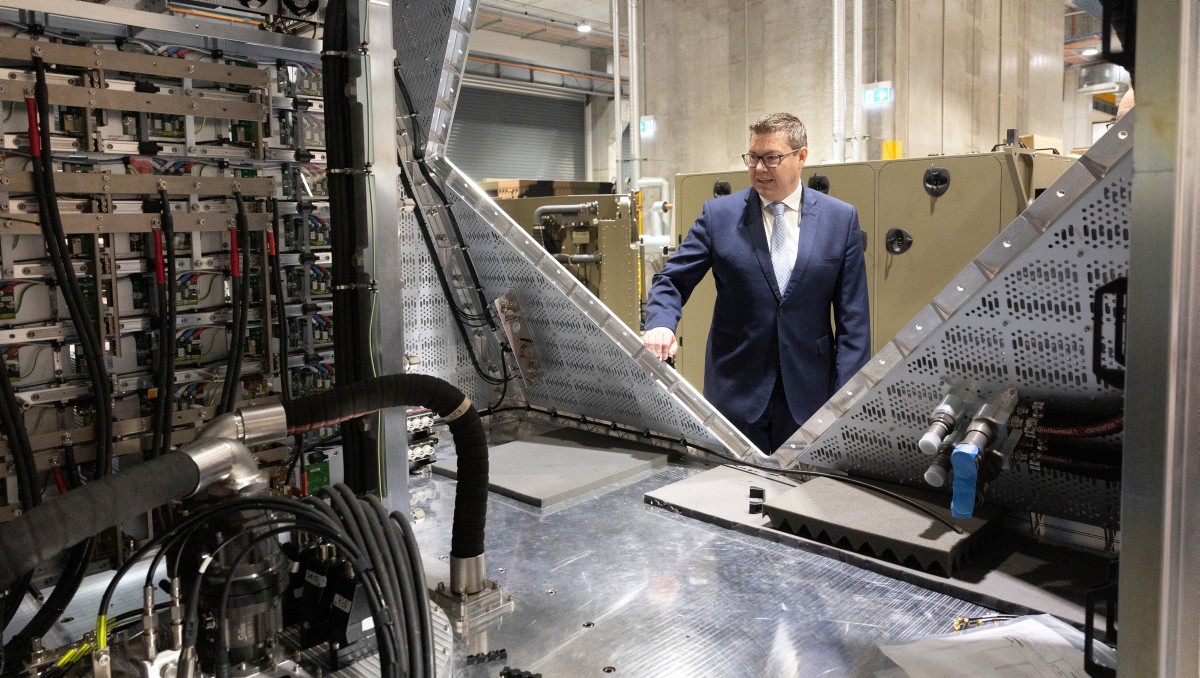The Utility Of A Tactical Airborne Communications Subsystem In Support Of Future Land Warfare
In future land warfare, support for command and control requires the development of a single logical network that provides connectivity between any two points in the battlespace, and between any point in the battlespace and any point in the strategic communications system. This Tactical Communications System must be an organic asset that provides at least the minimum essential voice and data communications requirements to support situational awareness within the deployed force and to allow for the transfer of command-andcontrol information.
The Tactical Communications System can be seen as comprising five subsystems:
- Combat Radio Subsystem,
- Tactical Data Distribution Subsystem,
- Tactical Trunk Subsystem,
- Tactical Airborne Subsystem and
- Local Subsystem.
The airborne communications platform of a Tactical Airborne Subsystem provides additional capacity and extends ranges of the Combat Radio and Tactical Trunk Subsystems when required by the operational scenario. Traditionally, the solutions to the provision of high-capacity, long-range communications have relied on the use of satellite-based services. However, subspace platforms (airborne rather than space-borne) offer a viable alternative, with the potential to deliver a broader range of services more cost-effectively.
In addition, the Tactical Airborne Subsystem allows for command and control on the move across an area of operations with a radius of between 200 and 500 km. The deployment of an airborne platform offers additional opportunities in the provision of other communications services, such as theatre broadcast and personal communications systems. Despite the need to resolve a number of technical challenges, there are a number of potential subspace platforms that will be able to meet the requirements of a Tactical Airborne Subsystem.
This paper examines the utility of a Tactical Airborne Subsystem in support of future land warfare. Advantages of an airborne communications platform are discussed, and payload requirements are analysed. Some limitations are examined before an upper-level architecture is presented.
The paper also discusses potential platform types (piloted and uninhabited aircraft, and aerostats) and outlines relative costs.
| Attachment | Size |
|---|---|
| wp112-utility_of_a_tactical_airborne_comms_subsystem_iso_flw_michael_frater_michael_ryan.pdf (191.9 KB) | 191.9 KB |
Publication Date



